Though it may be hard to believe, humans have been attempting to capture the power of the sun for hundreds of years, with the first appearance of solar cell being installed in 1883. For decades, solar energy was a luxury only massive companies like Exxon Mobile or wealth property owners could afford to utilize. However, with improvements in technology, reductions in installation costs and the implication of tax credit benefits for solar investments – solar energy has emerged as a sustainable and cost-effective solution for residential properties, offering both environmental and financial benefits. As homeowners increasingly seek ways to reduce their carbon footprint and save on energy costs, the adoption of solar panels has seen a significant uptick.
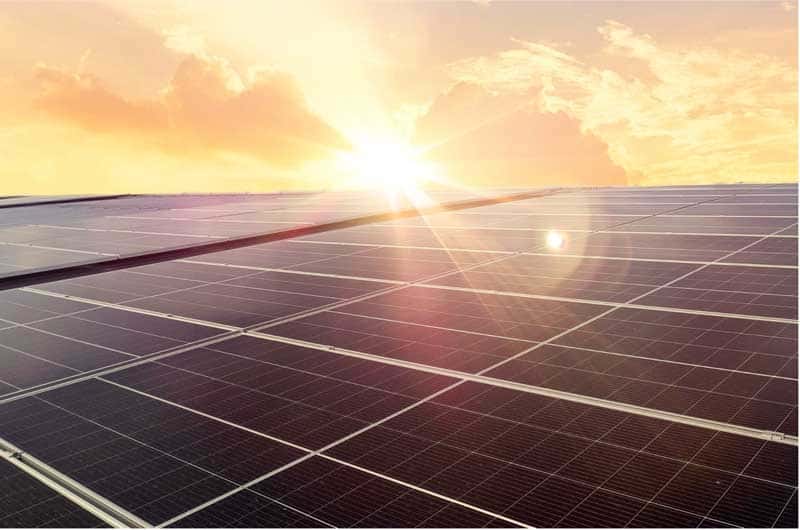
Even in cloudy regions like the Pacific Northwest, homeowners have begun to take advantage of the clean power produced by a residential solar system. While you may have heard some of the common misconceptions about installing solar panels in areas that deal with inclement weather – such as reduced efficiency, higher maintenance costs, and lack of weather suitability for – these concerns are often unfounded. With the aforementioned advancements in technology, modern-day solar panels are capable of processing sunlight even on cloudy or rainy days, as long as the cloud coverage isn’t too thick. In this guide, we’ll explore the process of installing residential solar panels, the importance of proper maintenance, and why choosing the right company for the job is crucial.
- Understanding Solar Panels
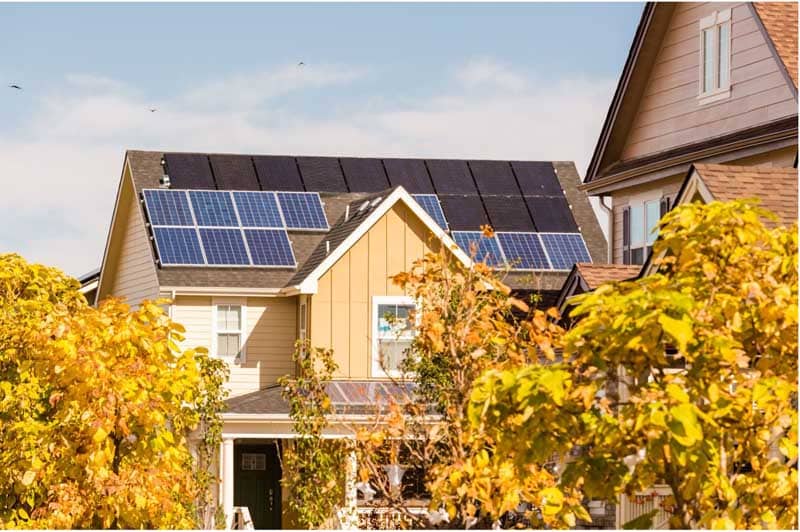
Before diving into the installation process, it’s essential to understand how solar panels work. Solar panels, also known as photovoltaic (PV) panels, convert sunlight into electricity through the photovoltaic effect. When sunlight hits the panels, it generates a flow of electrons, creating direct current (DC) electricity. This DC electricity is then converted into alternating current (AC) electricity, which can power your home’s appliances and electronics.
There are primarily two types of solar panels suitable for residential homes: monocrystalline and polycrystalline. Monocrystalline panels are known for their efficiency and sleek design, while polycrystalline panels are more affordable and suitable for homeowners on a budget. Choosing the right type of panel for your home will depend on factors such as your energy needs, budget, and available roof space.
III. The Process of Solar Panel Installation
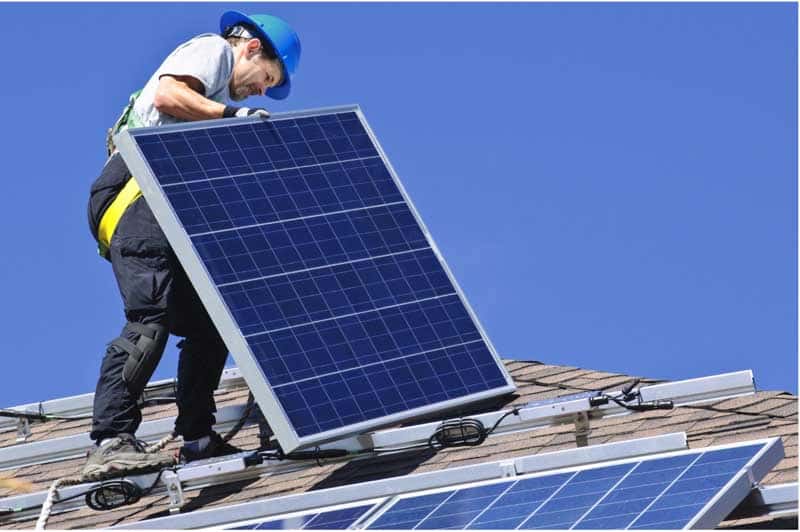
Installing solar panels involves several steps, starting with an engineering site visit to assess your home’s roof and electrical system. Once the necessary permits and documentation are obtained, the equipment is ordered, and the installation process begins. A reputable company will ensure that the panels are mounted correctly and connected to your home’s electrical system safely.
Choosing a reputable company for solar panel installation is paramount to ensuring the efficiency and longevity of your solar energy system. Professional installers possess the necessary credentials, expertise, and transparency to handle the installation process with precision. Long-term support and peace of mind are additional benefits of hiring a reputable installer.
- Solar Panel Maintenance
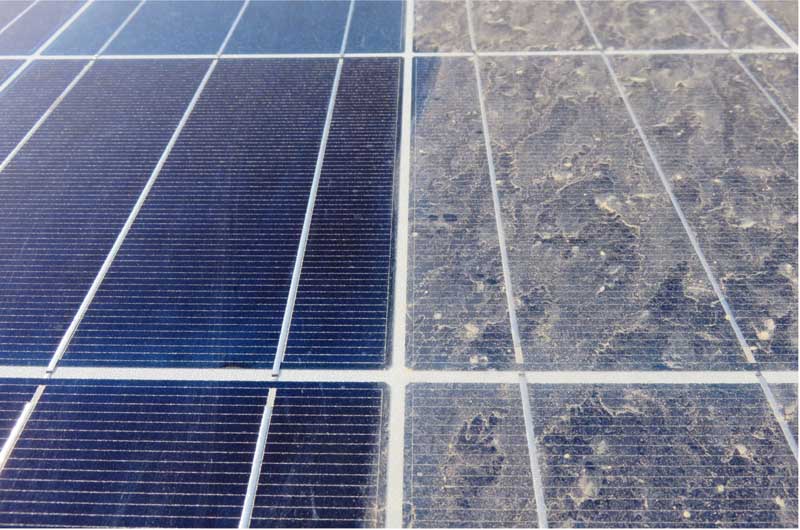
While solar panels are low-maintenance, regular upkeep is essential to ensure their longevity and efficiency. Routine inspection and cleaning every six months can help identify any issues early and prevent dirt buildup that may affect performance. Additionally, monitoring your system’s output can alert you to any potential problems that may arise.
Investing in solar panel maintenance from a reliable roofing company offers cost efficiency, streamlined processes, increased home value, and long-term energy savings. By maintaining both your home’s roof and solar panels simultaneously, you can save time and money while extending the lifespan of both components.
Potential Issues from Improper Installation and Maintenance

Improper installation or maintenance of solar panels can lead to various issues, including decreased efficiency, electrical concerns, and damage from harsh weather conditions. Hiring a disreputable company or attempting a DIY installation can exacerbate these issues, posing safety hazards and voiding warranties. Regular inspection and maintenance are essential to maximizing the performance and lifespan of your solar energy system.
- Why Choose Rainy City Roofing Services
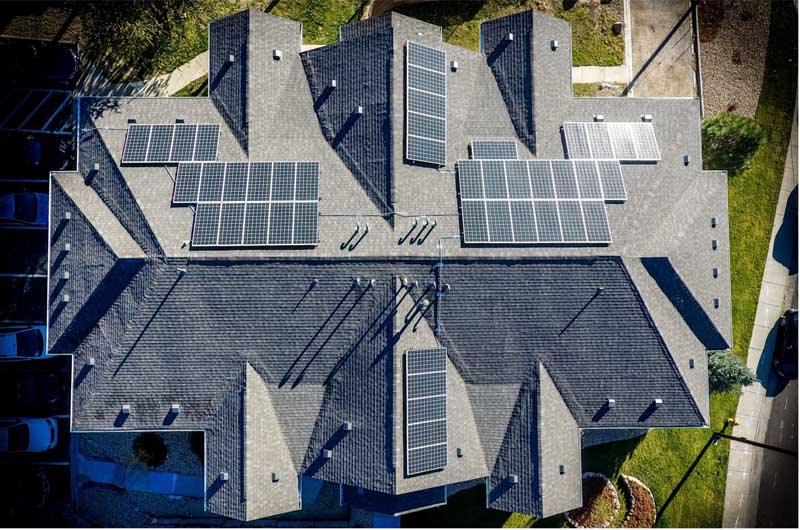
When it comes to solar panel installation and maintenance, choosing the right company is crucial. At Rainy City Roofing Services, we offer unparalleled expertise and experience in solar panel installation and maintenance. With over 30 years of combined roofing experience, our team ensures superior outcomes using quality materials and rain or shine service. Our expertise in both roofing and solar panels ensures a seamless process from start to finish, saving you time and money in the long run.
As solar energy continues to gain popularity among homeowners, especially those who are looking for more earth-friendly options to power their home, understanding the process of solar panel installation and maintenance is essential. By following this guide and choosing Rainy City Roofing Services for the job, you can rest assured that your system will be installed correctly and enjoy the environmental and financial benefits of solar energy for years to come, without the hassle.
Whether you’re looking to reduce your carbon footprint or save on energy costs, solar panels offer a sustainable solution for powering your home. Contact Rainy City Roofing Services today to learn more about how we can help you home harness the power of solar energy, in no time!

